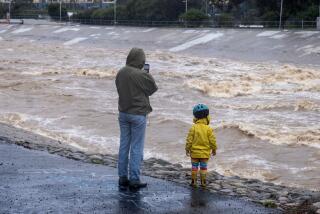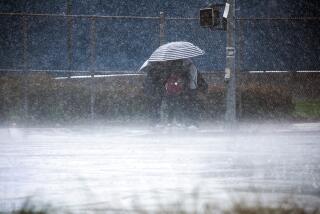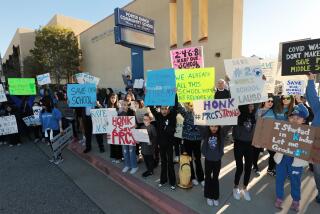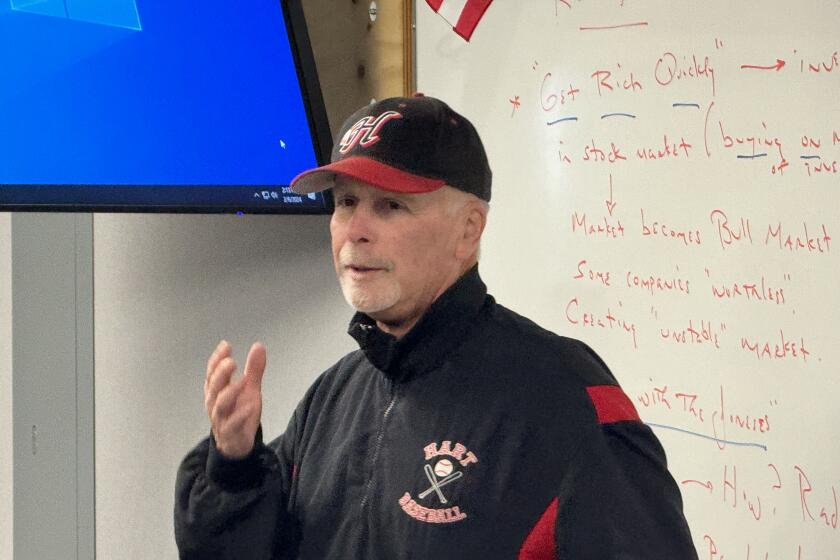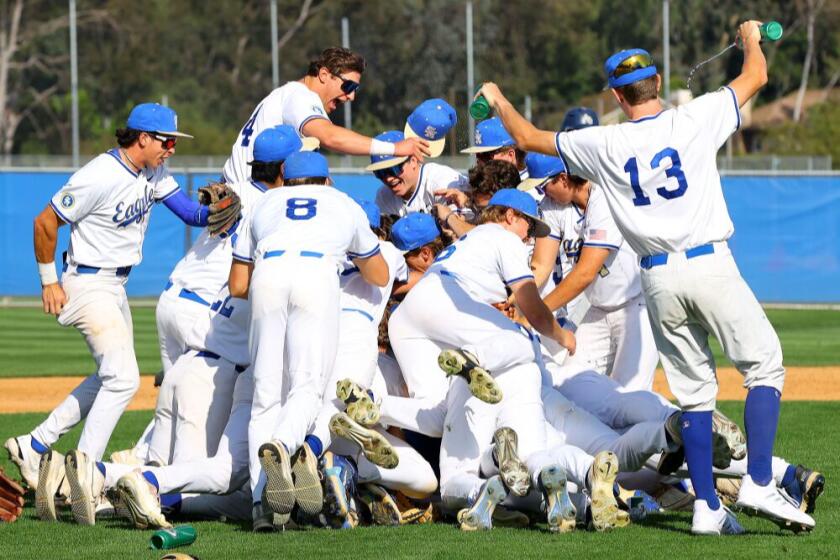Column: Five LAUSD high schools are forced to replace melting all-weather fields
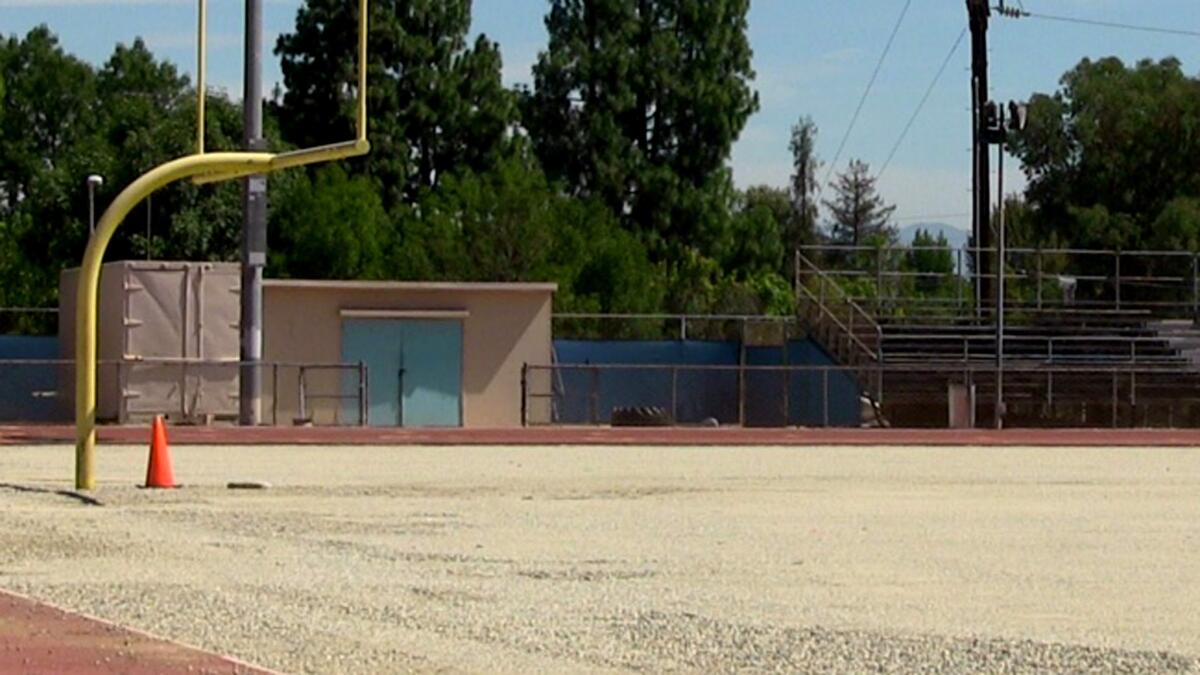
El Camino Real High is replacing its all-weather football field after issues involving pellets melting. It’s one of five LAUSD high school fields being replaced.
Five high schools that had all-weather sports fields installed by the Los Angeles Unified School District during the last five years are replacing the turf because of what a district official says are defective materials.
Work has begun on replacing fields at Woodland Hills El Camino Real, Fairfax and Sotomayor high schools, causing the football teams from those schools to switch home games to road games or find alternative sites. Diego Rivera High is scheduled to begin field repairs in late September. Washington Prep is delaying replacement of its field until after this season.
In several cases, the tiny pellets used in forming the base of the synthetic surfaces have melted under extreme heat, according to school and district officials.
“The pellets started melting,” Richard Yi, El Camino Real athletic director , said of the Conquistadores’ home field that was installed in 2010. “It gradually spread.”
Fairfax replaced its grass field with all-weather turf in 2012 and football Coach Shane Cox said melting pellets soon created a “clay-like solution” that resulted in a much harder than normal playing surface.
At Diego Rivera, which opened in 2011, former football coach Jim McElroy said, “Pellets were melting big time. It looked like a bunch of gum all over the place.”
Mark Hovatter, chief facilities executive for the LAUSD, said the district would spend between $500,000 and $800,000 to replace the high school fields this year while it seeks reimbursement from its contractors. The fields were expected to last between eight and 10 years.
Hovatter said the pellets were supposed to withstand heat up to 180 degrees, but in tests had melted at 140 degrees. Synthetic fields absorb heat, resulting in surface temperatures much higher than measured in the surrounding air.
He said materials for all five fields came from the same manufacturer, Changzhou Regalfill Rubber Co. based in China. The company could not immediately be reached for comment.
A sixth LAUSD field, at Sandra Cisneros Learning Academy, an elementary school, also will be replaced.
El Camino Real, which left LAUSD and became a charter school in the fall of 2011, hopes to have its all-weather field completely repaired by early October. The field has been cleared of the old materials. The football team will use Encino Crespi High’s football field to play a scheduled home game against Los Angeles High on Thursday night.
Synthetic, all-weather fields have become popular in the last decade because of savings in water and maintenance costs. However, installation costs can approach $2 million, including grading and drainage systems. There also has been concern about materials being linked to cancer. In 2009, citing health concerns, the LAUSD said it would no longer use materials from recycled tires on its turf fields.
Crumb rubber pellets, typically ranging in size from about one-sixteenth to one-quarter inch and applied at a rate of two to three pounds per square foot of synthetic turf, are most often produced by grinding used tires. However, Hovatter said TPE, a type of plastic, was used on the five fields LAUSD had installed.
LAUSD will continue to use synthetic surfaces instead of grass when it has partners willing to share the cost and upkeep that includes raking, fluffing and sanitizing, Hovatter said. More games can be played on synthetic fields than grass fields, which can be quickly worn out by weather and use, he added.
“There is an expense to it and you have to replace it,” Hovatter said, “but if we can find other partners to share costs, we would move forward with the synthetic option.”
More to Read
Get our high school sports newsletter
Prep Rally is devoted to the SoCal high school sports experience, bringing you scores, stories and a behind-the-scenes look at what makes prep sports so popular.
You may occasionally receive promotional content from the Los Angeles Times.

